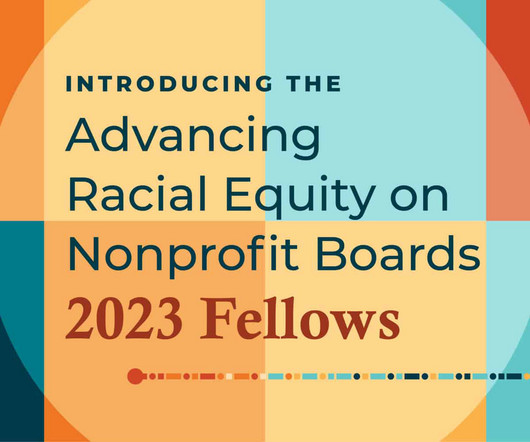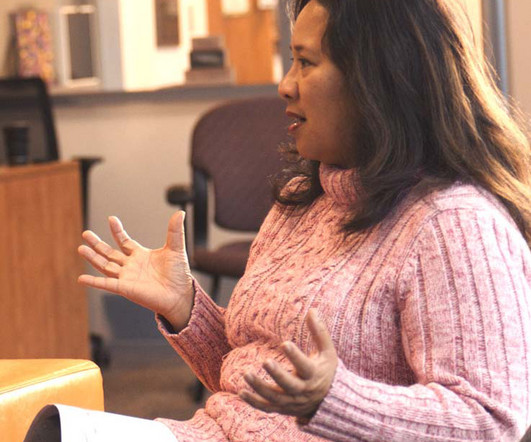Empowering Community Voices: The Strategic Advantage of Nonprofit Advisory Committees
Blue Avocado
JANUARY 23, 2024
Having one (or more) active and highly functioning advisory committees fosters resilience, creativity, and even resource development for your organization. Instead, they serve as partners in your work, representing the community you serve and even boosting the productivity of your workforce.


















Let's personalize your content